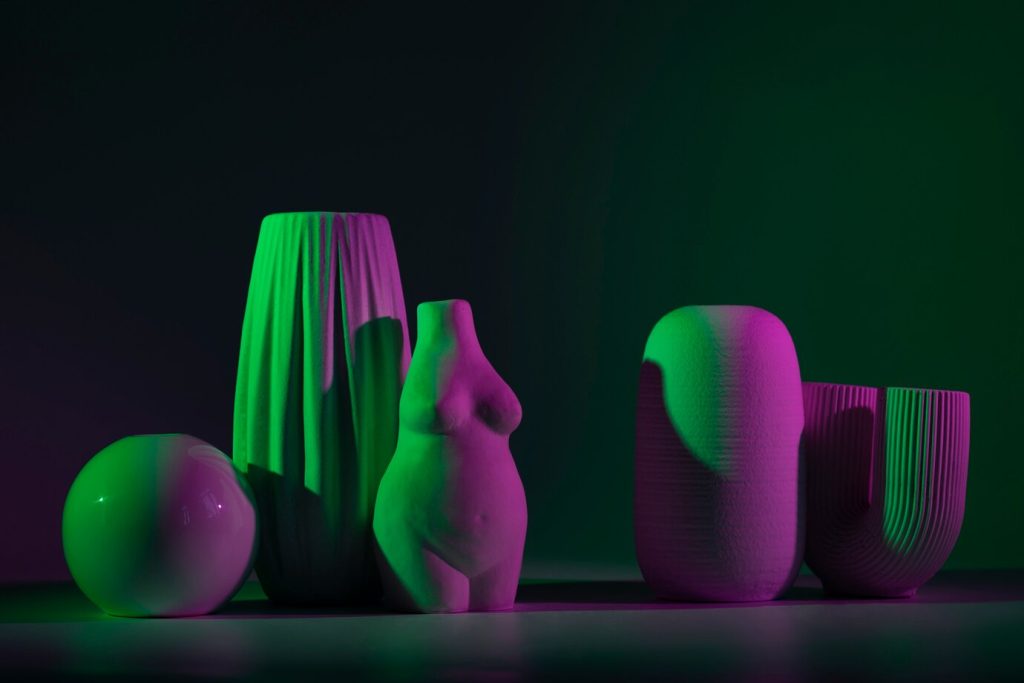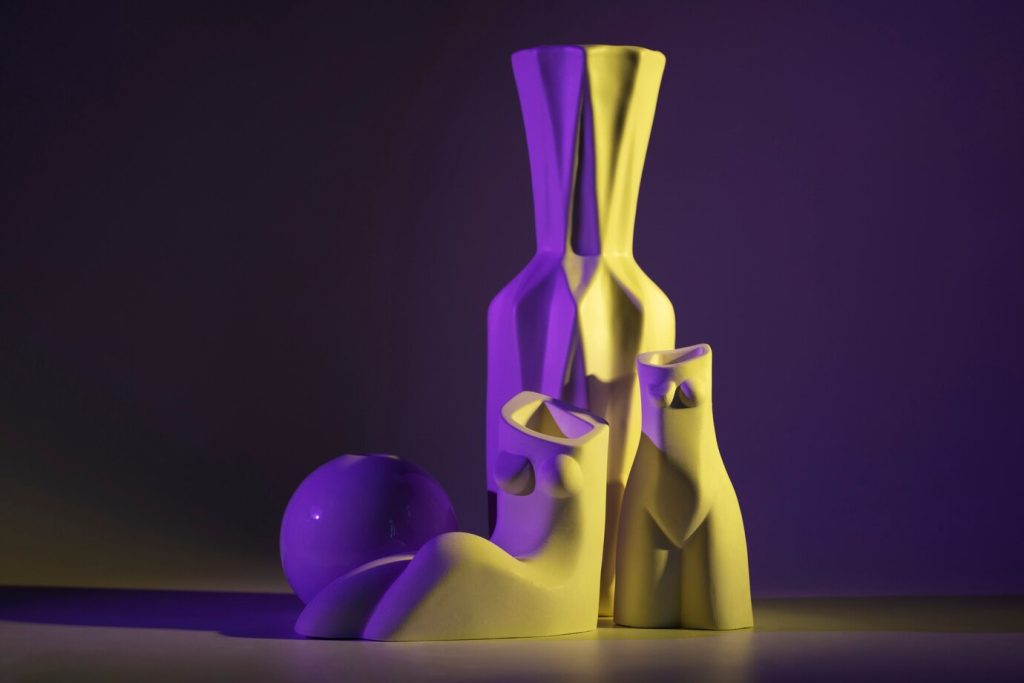
Lighting plays a critical role in 3D modeling. It enhances the overall aesthetics and realism of a scene. This article is tailored to help you gain insights into ‘Lighting Techniques in 3D Modeling’.
Understanding the Basics of 3D Lighting
Delving into ‘Understanding the Basics of 3D Lighting’ is the first step. Lighting defines how the audience perceives the 3D scene by creating shadows, defining textures, and influencing the color and atmosphere.

Types of Lights in 3D Modeling
It’s essential to familiarize yourself with the ‘Types of Lights in 3D Modeling’. Point lights, spotlights, directional lights, and area lights each serve specific purposes in creating the desired mood and effect.
Lighting Techniques for Realism
Next, learning various ‘Lighting Techniques for Realism in 3D Modeling’ will help create believable scenes. Techniques such as three-point lighting and high dynamic range imaging (HDRI) play a crucial role.
Lighting and Material Interaction
Understanding ‘Lighting and Material Interaction’ can significantly enhance a model’s appearance. Different materials absorb, illuminate, and reflect light differently, which affects the overall design.
Successful Case Study: Avatar
Consider the example of James Cameron’s ‘Avatar’. The stunning virtual world of Pandora was brought to life using innovative 3D lighting techniques, making the audience believe the unreal, enchanting world was plausible.
Post-Processing and Lighting Effects
Finally, exploring ‘Post-Processing and Lighting Effects’ can add the final touch to your 3D scene, amplifying its striking visual appeal.
In conclusion, mastering ‘Lighting Techniques in 3D Modeling’ is more than just a skill—it’s a blend of art and technology. To enhance realism, evoke emotions, and create impactful designs, understanding and implementing effective lighting strategies is key. So, let’s dive in and light up the world of 3D modeling!


